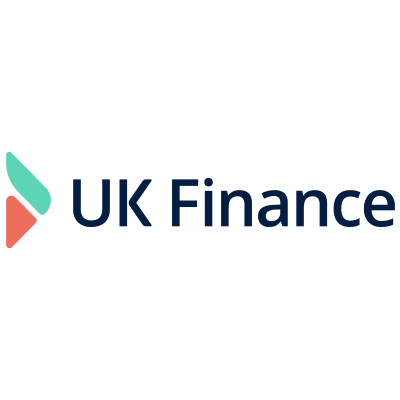The best one for you and your circumstances generally depends on how good your business is at credit collection and the level of confidentiality needed. Larger, well-established businesses with in house finance teams often go for invoice discounting.
Meanwhile, those who might need help with collections tend to lean towards factoring. It’s like picking the tool that fits your business the best!
Invoice finance – what is it?
Invoice financing is a powerful funding solution for businesses of all sizes, from small enterprises to large international companies, invoice finance is a popular option. Invoices can take anywhere from 14 to 120 days to be settled, and waiting for payments can put a strain on your finances. That’s where invoice financing steps in. Instead of waiting weeks for customer payments, you can quickly get up to 100% of the money you’re owed in just 24-48hrs.
What’s more, if you don’t have valuable assets for traditional funding, invoice financing is an excellent option. Your unpaid invoices serve as the only collateral needed. The speed and flexibility of this solution ensure you have access to the necessary funds exactly when you need them.
Among the different types of invoice financing, the two most commonly used are invoice factoring and invoice discounting. Although both provide quick access to much-needed cash, it’s important to understand their distinct features when choosing the right option for you.
So, factoring or discounting, which is right for you? Let’s take a quick look at each option.
Don’t just take our word for it, listen to how our customers rated us excellent on TrustPilot
Invoice Factoring
Invoice factoring turns your invoices into cash quickly and easily.
How does it work?
Simply forward your unpaid invoices to the provider who will then forward you a percentage of the value in as s little as 24-48hrs. There is no need to worry about the time and stress involved in the collection process, as the factoring provider will take charge of that for you. Once the provider collects payment from your customer, they will deduct any applicable fees and forward the remaining balance straight into your bank.
Benefits
With invoice factoring, you don’t need to worry about chasing payments that’s all taken care of for you. The process is flexible, scalable and fast. Granting you rapid access to the funds that are rightfully yours.
Invoice Discounting
Invoice discounting is a confidential service that allows you to keep charge of your credit control processes.
How does it work?
You submit your unpaid invoices to the provider and receive a percentage of the value. You retain control of your credit control processes and your customers will continue to interact directly with you. Once the customer has paid the invoice you receive the balance minus any fees.
Benefits
Invoice discounting allows you to improve your cash flow without interrupting your customer relationships. It’s a discreet and confidential way to ensure your business continues to run smoothly.
What are the differences between invoice factoring and invoice discounting?
The most notable difference between invoice factoring and invoice discounting is who is in control of the sales ledger, who takes responsibility for collecting payments, and the level of confidentiality involved, but there are other notable differences to consider.
Let’s compare the two.
SwipeScroll for more
As you can see both options offer a wide range of benefits to your business. If you would like speak to one of expert advisors about which option best suits your current circumstances then fill out the form below and we will give you a call back.






